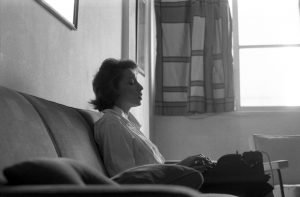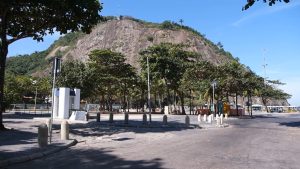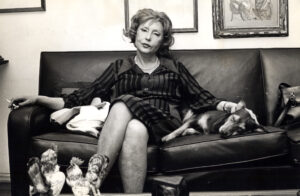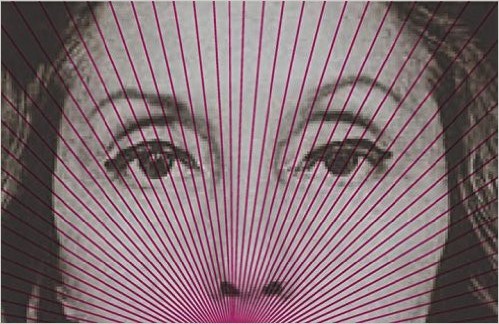, The New York Times Book Review. IMS Clarice Lispector, 2015. Disponível em: https://site.claricelispector.ims.com.br/en/2015/12/01/entre-os-100-melhores-da-the-new-yorker-book-review/. Acesso em: 13 December 2025.
The year’s season of retrospectives is now open, and one of the most respected in the literary circuit – the traditional list of 100 Notable Books of 2015, selected by the editors of The New York Times Book Review – has included among the highlights for Fiction and Poetry the title The Complete Stories, a volume of short stories by Clarice Lispector edited by Benjamin Moser and published by the New York publishing house New Directions. The book is expected to be released in Portuguese in 2016 by Rocco.
Katrina Dodson, translator of the more than 80 stories in Complete Stories, spoke with the IMS Blog about her relation with Lispector’s literature, the difficulties she encountered in translating her work, and comparisons with writers such as Kafka, Machado de Assis, and Virginia Woolf.
See also
 by Elizama Almeida
by Elizama Almeida
At the 35th edition of the Paris Book Fair, Brazil was the country of honor. The program was marked by an exhibition dedicated to Clarice Lispector at Éditions des Femmes,
 by Elizama Almeida
by Elizama Almeida
When we had no way of knowing that the hashtag
gratitude would be one of the terms referring to two
strong traits of the future...
 by Alexandre Nodari
by Alexandre Nodari
It has become commonplace to say that Clarice Lispector’s writing seeks to overcome the limits of language which the author names “it,” “nucleus,” “thing,” “unsayable,” “silence.”
 by Equipe IMS
by Equipe IMS
Clarice Lispector spent her childhood in Recife, but at the age of 15 she moved with her father and two sisters to Rio de Janeiro. It was in the then capital of Brazil that the writer lived her youth and early adult life: she completed high school, graduated from law school, had her first professional experiences in the press, got married, and in 1943, released her first book Near to the Wild Heart.
 by Eucanaã Ferraz
by Eucanaã Ferraz
The chronicles of Clarice Lispector were collected in a book for the first time in 1984, in The Discovery of the World, a volume edited by Paulo Gurgel Valente, the author’s son, who arranged in chronological order 468 texts published in the Jornal do Brasil between 1967 and 1973.
 by Bruno Cosentino
by Bruno Cosentino
Academic studies on Clarice Lispector continue to be developed at foreign universities. In 2017, a wide-ranging seminar about the author was held at the University of Oxford.







